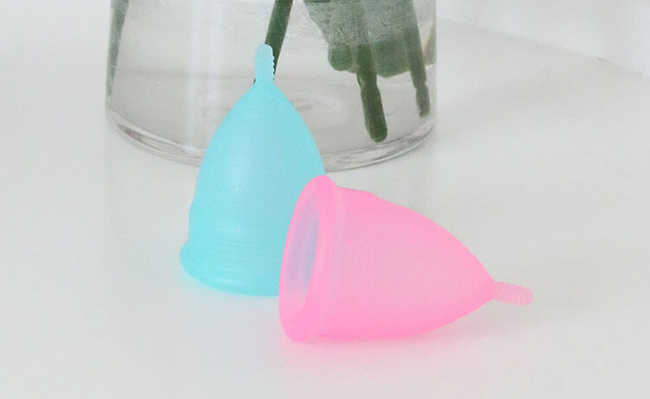BHA and BHT: substances harmful to health are present in food and cosmetics
BHA and BHT compounds affect your health and are still widely used in industry

BHA (2,3-tert-butyl-4-hydroxyanisole) and BHT (2,6-ditert-butyl-p-creso) are present in lipsticks, eye shadows (makeup in general), hair cosmetics , sunscreens, deodorants, antiperspirants, perfumes, creams, medicines, oil engines, products made of rubber, plastics and also in foods such as butter, bacon (bacon), meats, sweets, beers, ready-to-eat farofa, dehydrated potatoes and fast foods .
The function of BHA and BHT is to act as a preservative and antioxidant. With a preservative function, they act by inhibiting the growth of microorganisms; as antioxidants, the compounds prevent oxidation and scavenge free radicals.
Names on labels
On packaging, BHA and BHT can be found under the following names: BHA, BHT, butylated hydroxyanisole, butylated hydroxytoluene, antioxyne b, antrancine 12, eec n°e320, embanox; nipantiox 1-f, protex, sustane 1-f, tenox BHA, DBPC, advastab 401, agidol, agidol 1, alkofen BP, antioxidant 29, antioxidant 30, antioxidant 4, antioxidant 4K, antioxidant KB and antrancine 8.
Effects on human health and the environment
There are studies and experiments carried out to verify the carcinogenicity of BHA and BHT. The conclusion so far, according to studies by the International Agency for Research on Cancer (IARC) was that BHA can be considered as possibly carcinogenic in animals, due to sufficient evidence based on the experiments. One of the results concludes that BHA combined with other components, which are possibly carcinogenic, induce DNA modifications, initiating mutagenesis.
BHT, on the other hand, despite showing the same behavior as BHA when combined with other carcinogenic components, cannot be considered carcinogenic, as the evidence is limited and the results of experiments with animals do not provide sufficient basis for conclusions. According to the IARC, BHA falls into group 2B (possibly carcinogenic) and BHT falls into group 3 (not classified as carcinogenic to humans).
BHA and BHT are not only related to carcinogenicity. A study indicates that these components mimic the body's natural estrogens and are considered endocrine disruptors. BHA as well as BHT has been found in sewage, and as other research points out, these components are persistent in the environment and accumulate in the liver of living organisms and in sediments. It is possible that BHA and BHT, in addition to being present in food and cosmetics, can be found in water already treated and available for consumption and also in aquatic organisms that will be ingested. Thus, the main means of exposure to BHA and BHT occurs through the ingestion of such compounds.
national regulation
In Brazil, according to the National Health Surveillance Agency (ANVISA), BHA and BHT are allowed on food packaging. The compounds are also accepted in food as an antioxidant.
Alternatives
The first measure to avoid BHA and BHT is to look at cosmetics packaging, in order to avoid buying products with these components. With regard to food, try to eat less processed products, as these are the ones with the most preservatives and antioxidants.
There are studies looking for alternatives to synthetic preservatives and antioxidants. One of the alternatives found was the use of almond leaves, which are sources of natural antioxidants.










